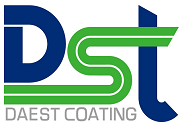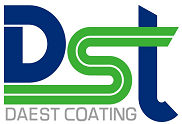An antistatic agent is a compound used for treatment of materials or their surfaces in order to reduce or eliminate buildup of static electricity. Static charge may be generated by the triboelectric effect or by a non-contact process using a high voltage power source. Static charge may be introduced on a surface as part of an in-mold label printing process An anti-static PET protective film which coated anti-static adhesive onto PET film surface under clean room, there is anti-static effects in adhesive. Due to low adhesion, therefore it can be laminated with plain and smooth substrates, further its appears will be no residue when you peel off and no static occurred. Antistatic films are engineered protective films designed for the storage and packaging of sensitive spacecraft equipment and components. Our electrostatic dissipative films are manufactured against a strict set of criteria for workmanship and cleanliness. The surface is treated to have antistatic properties, which prevents the build-up of electrical charges and attraction of dust during application and use. The adhesive layer ensures the proper adhesion to the base material and allows removal without leaving residue after the process is completed. Static Dissipative plastics deliver a surface resistivity of 106 to 1012 ohm/sq. These films allow for the dissipation or decay of electrical charges at a much faster rate than anti-static materials, generally within milliseconds.


